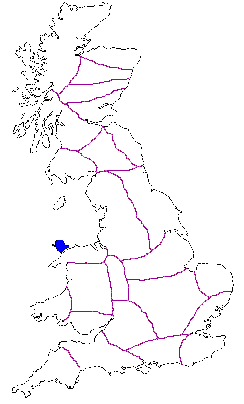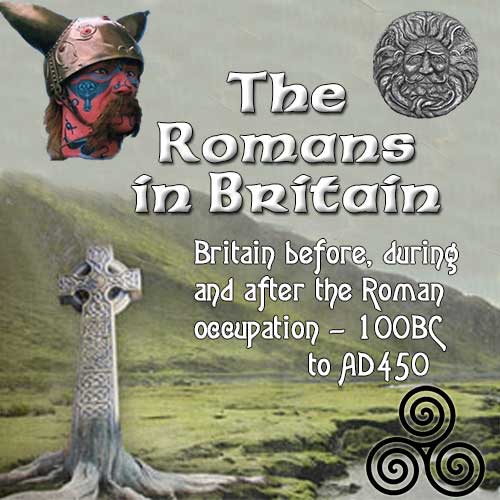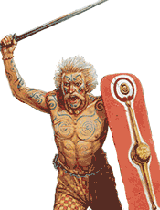The Druids Tribe
Background to the Druids
 A
druid was a member of the priestly class in Britain, Ireland, and Gaul, and possibly other
parts of Celtic western Europe, during the Iron Age. Very little is known about the ancient druids.
They left no written accounts about themselves and the only evidence is a few descriptions left by
Greek and Roman authors, and stories created by later medieval Irish writers.
While archaeological evidence has been uncovered pertaining to the religious practices of the
Iron Age people, "not one single artefact or image has been unearthed that can undoubtedly be
connected with the ancient Druids." Various recurring themes emerge in a number of the
Greco-Roman accounts of the druids, including that they performed human sacrifice, believed in a
form of reincarnation, and that they held a high position in Gaulish society. Ancient pieces of
literature also report homosexual activity and homo-eroticism taking place within Druid life -
especially within the warrior subculture, but there is little other evidence to support this. Next to nothing is known about their cultic practice, except for the
ritual of oak and mistletoe as described by Pliny the Elder.
A
druid was a member of the priestly class in Britain, Ireland, and Gaul, and possibly other
parts of Celtic western Europe, during the Iron Age. Very little is known about the ancient druids.
They left no written accounts about themselves and the only evidence is a few descriptions left by
Greek and Roman authors, and stories created by later medieval Irish writers.
While archaeological evidence has been uncovered pertaining to the religious practices of the
Iron Age people, "not one single artefact or image has been unearthed that can undoubtedly be
connected with the ancient Druids." Various recurring themes emerge in a number of the
Greco-Roman accounts of the druids, including that they performed human sacrifice, believed in a
form of reincarnation, and that they held a high position in Gaulish society. Ancient pieces of
literature also report homosexual activity and homo-eroticism taking place within Druid life -
especially within the warrior subculture, but there is little other evidence to support this. Next to nothing is known about their cultic practice, except for the
ritual of oak and mistletoe as described by Pliny the Elder.
The earliest known reference to the druids dates to 200 BCE, although the oldest actual description comes from the Roman military general Julius Caesar in his Commentarii de Bello Gallico (50s BCE). Later Greco-Roman writers also described the druids, including Cicero, Tacitus[ and Pliny the Elder. Following the invasion of Gaul by the Roman Empire, druidism was suppressed by the Roman government under the 1st-century emperors Tiberius and Claudius, and it disappeared from the written record by the 2nd century.
In about 750 CE the word druid appears in a poem by Blathmac, who wrote about Jesus saying that he was "`. . . better than a prophet, more knowledgeable than every druid, a king who was a bishop and a complete sage.'"The druids then also appear in some of the medieval tales from Christianised Ireland like the Táin Bó Cúailnge, where they are largely portrayed as sorcerers who opposed the coming of Christianity. In the wake of the Celtic revival during the 18th and 19th centuries, fraternal and Neopagan groups were founded based upon the ideas about the ancient druids, a movement which is known as Neo-Druidism.
























